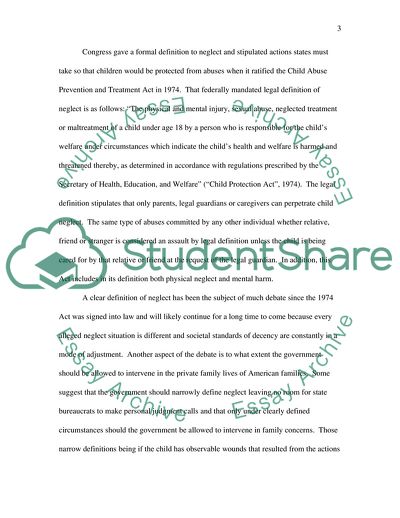Cite this document
(Child Neglect and Child Abuse Coursework Example | Topics and Well Written Essays - 1750 words, n.d.)
Child Neglect and Child Abuse Coursework Example | Topics and Well Written Essays - 1750 words. https://studentshare.org/social-science/1707319-child-neglect
Child Neglect and Child Abuse Coursework Example | Topics and Well Written Essays - 1750 words. https://studentshare.org/social-science/1707319-child-neglect
(Child Neglect and Child Abuse Coursework Example | Topics and Well Written Essays - 1750 Words)
Child Neglect and Child Abuse Coursework Example | Topics and Well Written Essays - 1750 Words. https://studentshare.org/social-science/1707319-child-neglect.
Child Neglect and Child Abuse Coursework Example | Topics and Well Written Essays - 1750 Words. https://studentshare.org/social-science/1707319-child-neglect.
“Child Neglect and Child Abuse Coursework Example | Topics and Well Written Essays - 1750 Words”. https://studentshare.org/social-science/1707319-child-neglect.


